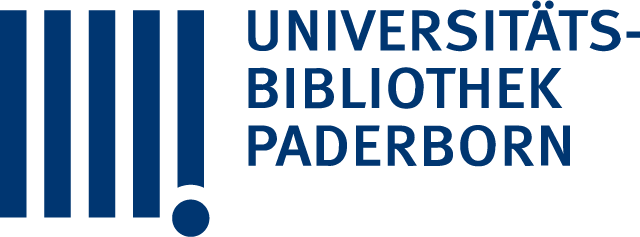Im Rahmen dieser Dissertation auf dem Gebiet der Bioanorganischen Chemie wurden neue Liganden auf Basis von N/S/O-Donorsystemen für ein- und mehrkernige Kupfer(I)- und Kupfer(II)-Komplexe sowie Komplexsalze synthetisiert und charakterisiert. Diese sollen als biomimetische Modellkomplexe für die Modellierung der Enzyme Peptidylglycin--hydroxylierende Monooxygenase (PHM) und Dopamin--Hydroxylase (DH) fungieren. Strukturelle Modellkomplexe geben die native Umgebung der aktiven Zentren dieser Enzyme vereinfacht wieder und bieten der Forschung Einblick in die Struktur, Eigenschaften und Funktionsweise der Enzyme.Im ersten Teil der vorliegenden Arbeit lag der Focus auf der Synthese tripodal tri- und tetradentater Liganden mit N/S/O-Donorfunktionen und deren Charakterisierung durch unterschiedliche spektroskopische und spektrometrische Methoden. Durch vorangegangene Arbeiten und Forschungen konnten diese Systeme weiterentwickelt und ihr Potential als mögliche Ligandensysteme untersucht werden. Speziell konnten so neue Erkenntnisse über die Koordinationseigenschaften, spektroskopischen Eigenschaften und die Chemie dieser Liganden erhalten werden.Diese Liganden wurden anschließend im zweiten Teil der Arbeit mit unterschiedlichen Kupfer(I/II)-Salzen zu Kupferkomplexen umgesetzt und diese im Anschluss charakterisiert und untersucht. Es konnten hierzu eine Vielzahl von Kupfer(I/II)-Komplexen und Komplexsalzen erhalten werden.Vor allem durch die spektroskopischen und spektrometrischen Untersuchungen wurden neue Kenntnisse gewonnen. Hier wurden vor allem Untersuchungen zur Sauerstoffaktivierung von Kupfer(I)-Komplexsalzen mit in dieser Arbeit vorgestellten Schwefelguanidin-Liganden angestrebt. Diese stellen einen entscheidenden Schritt zum möglichen Verständnis der Struktur, Eigenschaften und Funktionsweise der Enzyme dar.
Titelaufnahme
- TitelDie CuM-Zentren der PHM und DH: Modellierung auf Basis tripodaler N/S/O-Donorliganden / von Patrick Josephs ; Erstgutachter: Prof. Dr. G. Henkel
- Autor
- Beteiligte
- Erschienen
- AusgabeElektronische Ressource
- Umfang1 Online-Ressource (XXIV, 274 Seiten) : Diagramme
- HochschulschriftUniversität Paderborn, Dissertation, 2017
- AnmerkungTag der Verteidigung: 06.12.2017
- Verteidigung2017-12-06
- SpracheDeutsch
- DokumenttypDissertation
- URN
- DOI
- Social MediaShare
- Nachweis
- IIIF
Within the framework of this dissertation in the field of bioinorganic chemistry, new ligands based on N/S/O donor systems for single and multi-core copper(I) and copper(II) complexes have been synthesized and characterized. These complexes should function as biomimetic model complexes for the modeling of the enzymes peptidylglycine- hydroxylating monooxygenase (PHM) and dopamine -hydroxylase (DH). Structural Model complexes simplify the native environment of the active centers of these enzymes in a simplified manner and offer research insight into the structure, properties and functionality of the enzymes.In the first part of this thesis the focus was on the synthesis of tripodal tri- and tetradentate ligands with N/S/O donor functions and their characterization by different spectroscopic and spectrometric methods. Through previous work and research, these systems were further developed and their potential as possible ligand systems were investigated. In particular, new findings on the coordination properties, spectroscopic properties and the chemistry of these ligands have been obtained.In the second part of this dissertation these ligands were subsequently converted into copper complexes with different copper (I/II) salts and afterwards characterized and investigated. For this purpose, many copper (I/II) complexes and complexsalts could be obtained.Above all, through spectroscopic and spectrometric investigations new knowledge could be obtained. Especially investigations on oxygen activation of copper(I) complexsalts with sulfurguanidine ligands presented in this work have been carried out. These are a decisive step towards the possible understanding of the structure, properties and functioning of the enzymes.
- Das PDF-Dokument wurde 45 mal heruntergeladen.


